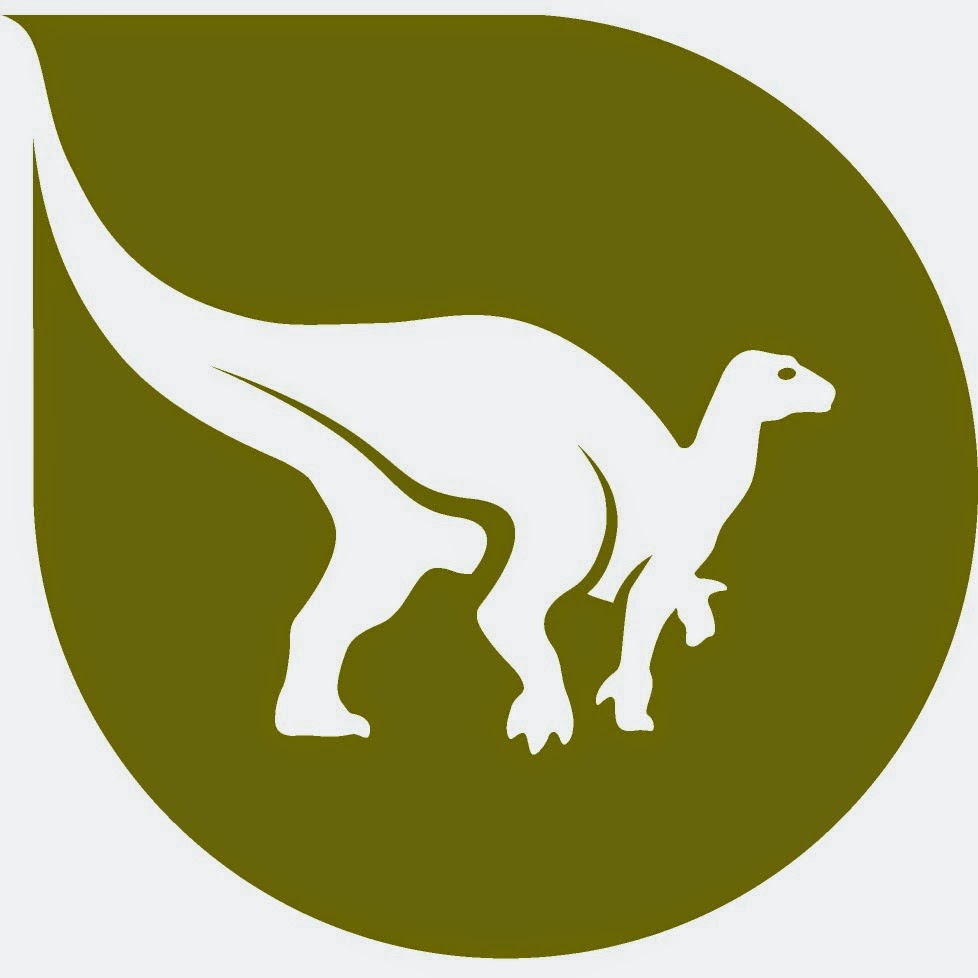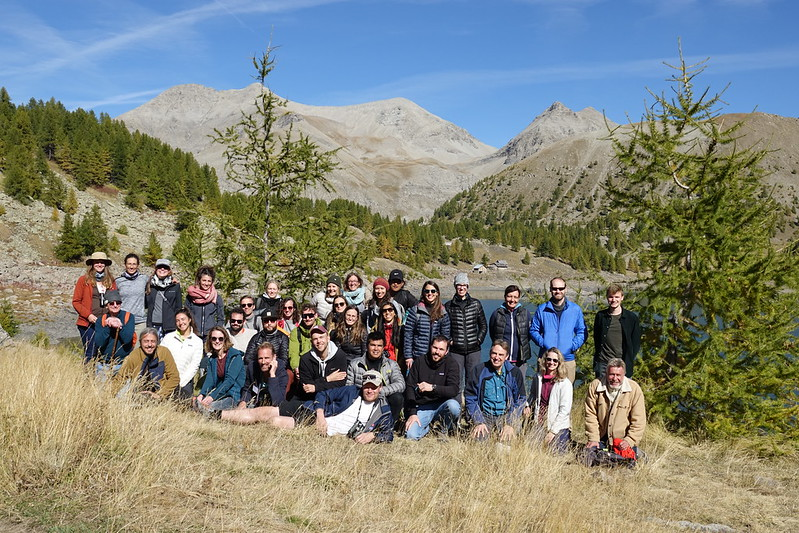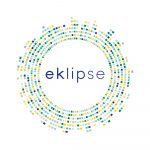Alternet’s 20th Anniversary Before there was Alternet, the independent international NGO dedicated to fostering Europe’s science-policy interface on biodiversity and ecosystem services, there was ALTER-Net, an EU Network of Excellence….
Human actions are continuously degrading natural landscapes. Growing evidence shows that this degradation is directly linked to the risk of zoonotic spillover, resulting in the appearance of infectious diseases. However,…
Alternet Summer School 2024: Registration Open! We will host the 18th Alternet Summer School in collaboration with Biodiversa+ from 4 – 14 September 2024 in Peyresq, France. Registration is now…
The following news story was written by Adriana Cliville and originally published by our partner at CREAF. Read the original story on the CREAF website. Some of the target figures…







